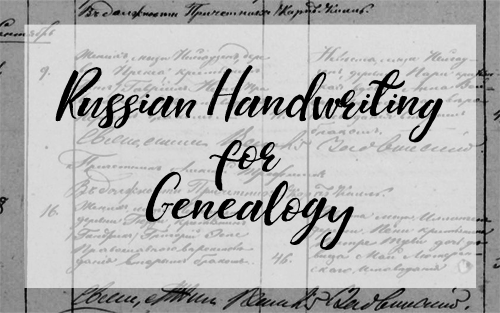One resource that has appeared online on FamilySearch is the 1941 census – though officially it wasn’t called a “census”, but rather a “register of residents”, though in practice it functions as a census. It was taken not long after the Nazi occupation of Latvia began, so it will be rare to find Jewish or Romani citizens in these lists, as they had been sent to ghettos or camps already. Sometimes they will be listed if another local resident could provide the information on the family, but with notes in the last column stating “missing” or “went out one day and never came back”. These chilling notes remind us that this population survey was taken during wartime, so there will be inaccuracies and incomplete information, as people were often afraid.
Each building has its own page – apartments are indicated in the apartment number column. The heading of each page indicates the region, town/parish, settlement, street number/house name, owner/manager of the building, number of apartments and number of inhabitants.
Each inhabitant is then listed:
- Number
- Apartment number (if applicable)
- Name
- Gender
- Birthdate/Birthplace
- Nationality/Religion
- Profession/Employment
- When registered at this address
- When and from where arrived (to be filled out for those, who moved after June 16, 1940)
- Notes
One key item that is missing from this census – relationship to the head of the household. Sometimes this can be inferred by the way people are listed on the page – usually children will be listed after parents, etc. – but approach this with caution until you’ve got other records that confirm this relationship (usually a 1935 census record).
Items 8 and 9 refer to the practice of people being registered by the authorities when they move to a new address.
For Item 9, that date is significant – that was the day the Soviet Union invaded Latvia for the first time. It is possible then that the inclusion of this item on the census is meant to show how many people were displaced by this invasion, and by the Nazi one that would have taken place approximately a month prior to this census.
Now, that said, if your ancestors do appear here, there will be a good amount of information to go on to help you with your research – even if you’ve had little information to go on besides the names of parents and grandparents, this will provide those dates and places that you could be missing, allowing you to go back further in your research by using Raduraksti. If you need help in understanding Lutheran church records, you can check out my course on Lutheran records, called Latvian Genealogy Boot camp, here.
The easiest way to access these 1941 census records is via Ciltskoki. Once you’re registered on the site, click on “RADURAKSTI” in the top bar, go to “Fondu saraksti”, in the drop-down menu select “Tautas skaitÄ«Å¡ana”, and in the text box labelled “pilsÄ“ta/pagasts” enter in the first few letters of the town or parish you’re looking for (note: these records don’t exist for the city of RÄ«ga). When the list of results comes up, click on the link for the appropriate town/parish. If in the last column there is a green word “apskatÄ«t”, that means that a list of surnames is available – click to view it, this will make your searching easier!
Any questions? Ask them below and I can help!

